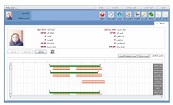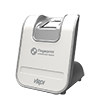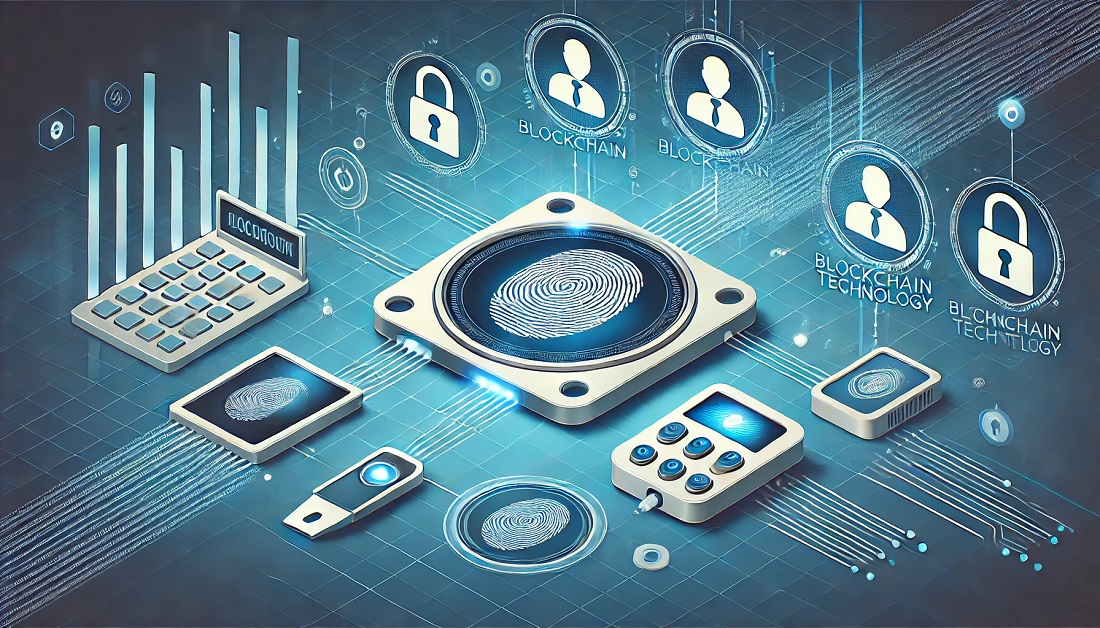Attendance and access control systems, including time attendance solutions and access management tools, play a vital role in workforce management and security. These systems commonly use biometric methods like facial recognition and fingerprint recognition to enhance accuracy and streamline operations.
Introduction
Current Challenges in Ensuring Security and Data Integrity
Despite technological advancements, traditional systems face challenges such as data breaches, tampering risks, and compliance with privacy regulations. Centralized storage increases the likelihood of unauthorized access and fraud.
Introduction to Blockchain Technology and Its Potential Benefits
Blockchain technology introduces a decentralized approach to data management. With features like immutability, transparency, and tamper-proof records, blockchain enhances the security and reliability of attendance and access control systems.
Understanding Blockchain Technology
Key Principles of Blockchain
- Decentralization: Eliminates single points of failure by distributing data across multiple nodes.
- Transparency: Ensures all transactions are verifiable and recorded in a public or private ledger.
- Immutability: Prevents unauthorized changes to records, securing attendance and access data.
Types of Blockchains
- Public: Open and permissionless, ideal for broad transparency.
- Private: Restricted access, suitable for enterprise-level attendance systems.
- Consortium: Controlled by a group of organizations, balancing security and collaboration.
How Blockchain Ensures Secure Data Management
By encrypting biometric data such as fingerprints or facial recognition scans, blockchain minimizes risks of tampering or unauthorized access, ensuring robust time attendance and access control systems.
Challenges in Traditional Attendance and Access Control Systems
Risks of Data Manipulation and Fraud
Traditional systems often rely on centralized databases, making them vulnerable to hacking and internal fraud.
Centralized Databases as Single Points of Failure
Centralized systems are prone to outages and cyberattacks, which can disrupt critical time attendance and access control operations.
Issues with User Privacy and Compliance
Biometric data, including facial and fingerprint recognition, raises concerns about privacy violations. Many systems fail to meet stringent compliance standards like GDPR.
Applications of Blockchain in Attendance Systems
Secure Logging of Attendance Data
Blockchain enables decentralized logging of attendance, ensuring that records are immutable and accessible in real-time.
Tamper-Proof Time-Stamping of Check-Ins and Check-Outs
Time attendance systems can leverage blockchain for precise and tamper-proof timestamps, improving accuracy and trust.
Integration with Biometric Authentication for Enhanced Accuracy
Blockchain securely integrates with facial recognition and fingerprint recognition, ensuring biometric data is encrypted and immutable, eliminating the risk of tampering or misuse.
Applications of Blockchain in Access Control Systems
Decentralized Access Management and Permissions
Blockchain provides a decentralized framework for managing access credentials, reducing reliance on centralized servers.
Real-Time Updates to Access Privileges
With blockchain, organizations can update access permissions dynamically and securely, ensuring no delays or vulnerabilities in access control.
Enhanced Audit Trails for Compliance and Transparency
Blockchain creates detailed and immutable audit trails, enabling organizations to meet compliance requirements while ensuring transparency in access control systems.
Case Studies and Examples
The integration of blockchain in real-world time attendance and access control systems highlights its transformative potential. Below are notable implementations and their outcomes:
Real-World Implementations of Blockchain in Attendance Systems
Companies are adopting blockchain to streamline attendance tracking using biometric systems. For instance, blockchain-based platforms securely store time attendance records generated by facial recognition systems, ensuring accuracy and transparency.
Examples of Blockchain-Based Access Control Solutions
Blockchain-powered access control systems leverage smart contracts to automate permissions and manage access rights. For example, a blockchain system can grant or revoke entry based on predefined rules, eliminating the need for manual intervention.
Lessons Learned and Results Achieved
Organizations report increased trust and reduced administrative overhead with blockchain solutions. Key takeaways include the importance of user education, robust infrastructure, and collaboration with industry stakeholders.
Challenges and Limitations of Blockchain Adoption
While blockchain offers numerous benefits, its adoption in time attendance and access control systems comes with challenges that must be addressed:
High Implementation Costs and Technical Complexity
Developing and deploying blockchain-based systems require significant investment in technology and expertise. This can be a barrier for small and medium-sized organizations.
Scalability Concerns for Large Organizations
Handling large volumes of data, such as facial and fingerprint recognition records, poses scalability challenges. Blockchain networks must be optimized to manage high transaction rates without compromising performance.
Need for Stakeholder Buy-In and Industry Collaboration
Successful implementation requires alignment among stakeholders, including IT teams, security professionals, and industry regulators. Collaboration is essential to overcome resistance and drive innovation.
Future Trends and Opportunities
Blockchain technology continues to evolve, unlocking new possibilities for enhancing time attendance and access control systems.
Integration of Blockchain with AI and IoT for Smart Systems
Combining blockchain with artificial intelligence (AI) and Internet of Things (IoT) devices can create smarter and more adaptive access control systems. For example, AI-powered facial recognition integrated with blockchain ensures secure and automated authentication.
Potential for Blockchain-Based Identity Management in Access Control
Blockchain's decentralized identity frameworks enable secure and efficient identity verification. This can replace traditional credentials with blockchain-backed digital identities, improving security and user experience.
Emerging Standards and Regulations for Blockchain in Security Systems
Governments and industry bodies are developing standards to ensure the safe and ethical use of blockchain in security applications. These regulations will drive broader adoption and innovation.
Conclusion
Blockchain technology is revolutionizing time attendance and access control systems by enhancing security, privacy, and reliability. Organizations considering its adoption should weigh the benefits against the challenges, such as cost and complexity, and seek collaboration with industry experts.
The future holds significant promise for blockchain-driven innovation. As AI, IoT, and blockchain converge, security systems will become smarter, more secure, and more adaptable to evolving threats and needs.







































































